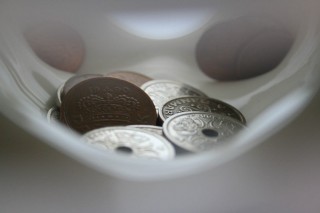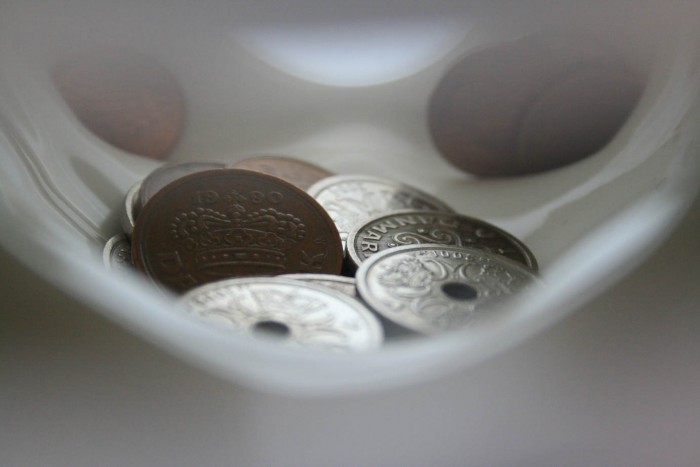 Claims that exchange rate fluctuations are eating into the profits of Icelandic banks have been dismissed by the Icelandic Financial Supervisory Authority (FSA), reports the business paper Vidskiptabladid.
Claims that exchange rate fluctuations are eating into the profits of Icelandic banks have been dismissed by the Icelandic Financial Supervisory Authority (FSA), reports the business paper Vidskiptabladid.
The three biggest Icelandic banks, Glitnir, Kaupthing and Landsbankinn, all compare favourably to other Nordic banks, as well as some large British banks, when their profits are examined as a proportion of total equity and equity to total capital ratio for 2007.
Jonas Jonsson, Director of the FSA, points out that the average profit for Icelandic banks before tax last year totalled 24% of their own capital. „The banks [in Iceland] are fully comparable to certain Scandinavian banks“, says Jonsson.
Moreover, all three Icelandic banks returned profits for the fourth quarter of 2007 which was a difficult period for many foreign businesses.
Foreign analysts and the media have often claimed that Icelandic banks are highly dependent on income from investment banking operations and that fluctuations on the exchange rate are detrimental to the banks’ profits.
However, the FSA argues that the principal activities of Icelandic banks have all been fundamentally sound. It says that some groups have had a tendency to overemphasise the influence of the most fluctuating sources of revenue on their earnings.
The FSA also notes that when currency fluctuations are taken out of the equation, Icelandic banks appear as healthy as their Nordic counterparts. Pre-tax profits of Icelandic banks’ main activities were between 14.5% and 17.4% of equity in 2007, figures which are very similar to the biggest banks in Scandinavia, and are even higher than The Royal Bank of Scotland and Barclays, for instance.
When equity to total capital ratio is examined (CAD -ratio), the figures for Icelandic banks are somewhat higher than with other Nordic banks, at around 11.6% on average compared to 9.7% for mainland Scandinavia.

